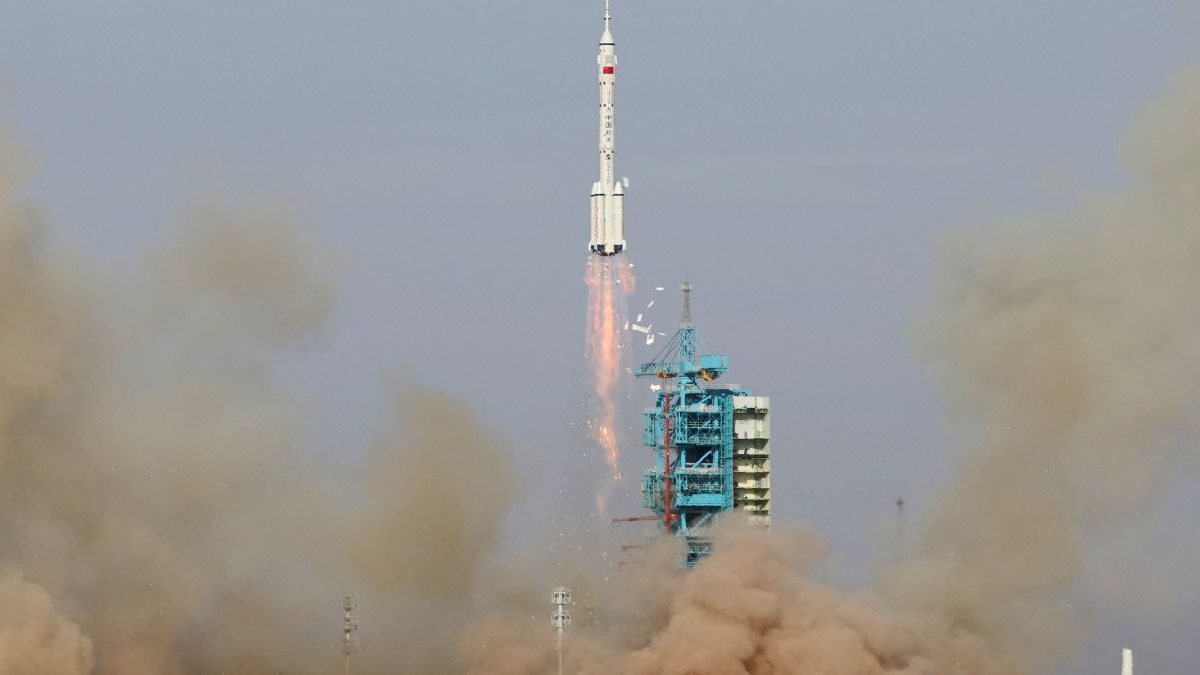China has launched its first emergency space mission to the Tiangong space station on Tuesday, November 25, to address a critical safety risk at the orbiting facility. The unmanned Shenzhou-22 spacecraft lifted off atop a Long March-2F rocket from the Jiuquan Satellite Launch Centre in northwest China at 12:11 PM, as announced by the China Manned Space Agency (CMSA).
This emergency launch marks an unprecedented response in China’s human spaceflight program, triggered by damage to one of the station’s return capsules earlier this month.
“The spacecraft successfully separated from the rocket and entered its planned orbit. The launch mission was a complete success,” CMSA said in a statement published on its official WeChat account.
Video shared by Chinese state broadcaster CCTV showed the rocket blazing into space, with Earth visible in the background as the vessel entered orbit.
The crisis began when the Shenzhou-20 spacecraft, which was scheduled to return a crew of three astronauts back to earth on November 5, was found to have a cracked window on its return capsule. The crack is believed to have been caused by an impact from space debris.
The Shenzhou-22 mission was rapidly prepared and only took 16 days, a much shorter timeline compared to the usual 45-day preparation period for such missions, highlighting the urgency in which China acted. The spacecraft carried vital cargo including medical supplies, spare parts for the space station, fresh fruits, vegetables, and equipment to repair the Shenzhou-20’s cracked window.
Quick Reads
View All“This emergency launch is a first for China, but I hope it will be the last in humanity’s journey through space,” CMSA official He Yuanjun told CCTV.
The Shenzhou-22 spacecraft will remain docked to the station until around April 2026. After which it is planned to return the Shenzhou-21 crew back to earth. Meanwhile, the damaged Shenzhou-20 will stay at the station and be repurposed for research.
)